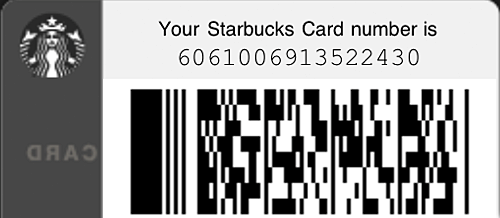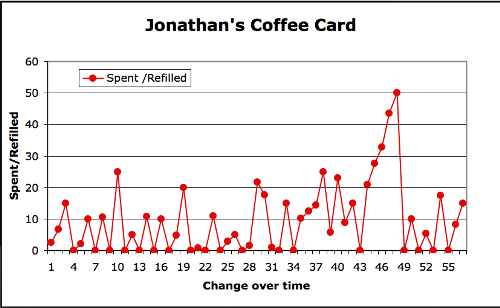Did you hear about Jonathan’s starbucks card experiment?
It’s quite a simple experiment with deep learning in crowdfunding.

Jonathan made his starbucks card available to anyone on the internet. Anyone could buy a coffee with it. And anyone could put some money on it.
Although it was not intended to be that, the experiment ended up experimenting whether people would refill the card by how much. The experiment is detailed in this post on O’Reilly: “Jonathan’s card: lessons from a social experiment”.
Guess what happened?
It became a social media event, using a twitter account that broadcast the card’s balance live.
Here’s an extract of the card balance curve.

See, people almost never refill before it goes to zero. But then they refill with a large amount.
Would we tend to use FREE until there is no more, but then be generous as we are in fact participating to a social event?
This pattern is often identical when people that know each other share a single resource and need to refill sometimes. What is astonishing here is that it happened with people who did not know each other. Yet they must have had a sufficiently strong emotional connection through their participation to the social network.
It just shows that communities that are emotionally connected over social networks behave like communities that are face-to-face in real life. Over considerable distances, community behavior develops. Social networks really break the distance factor!
